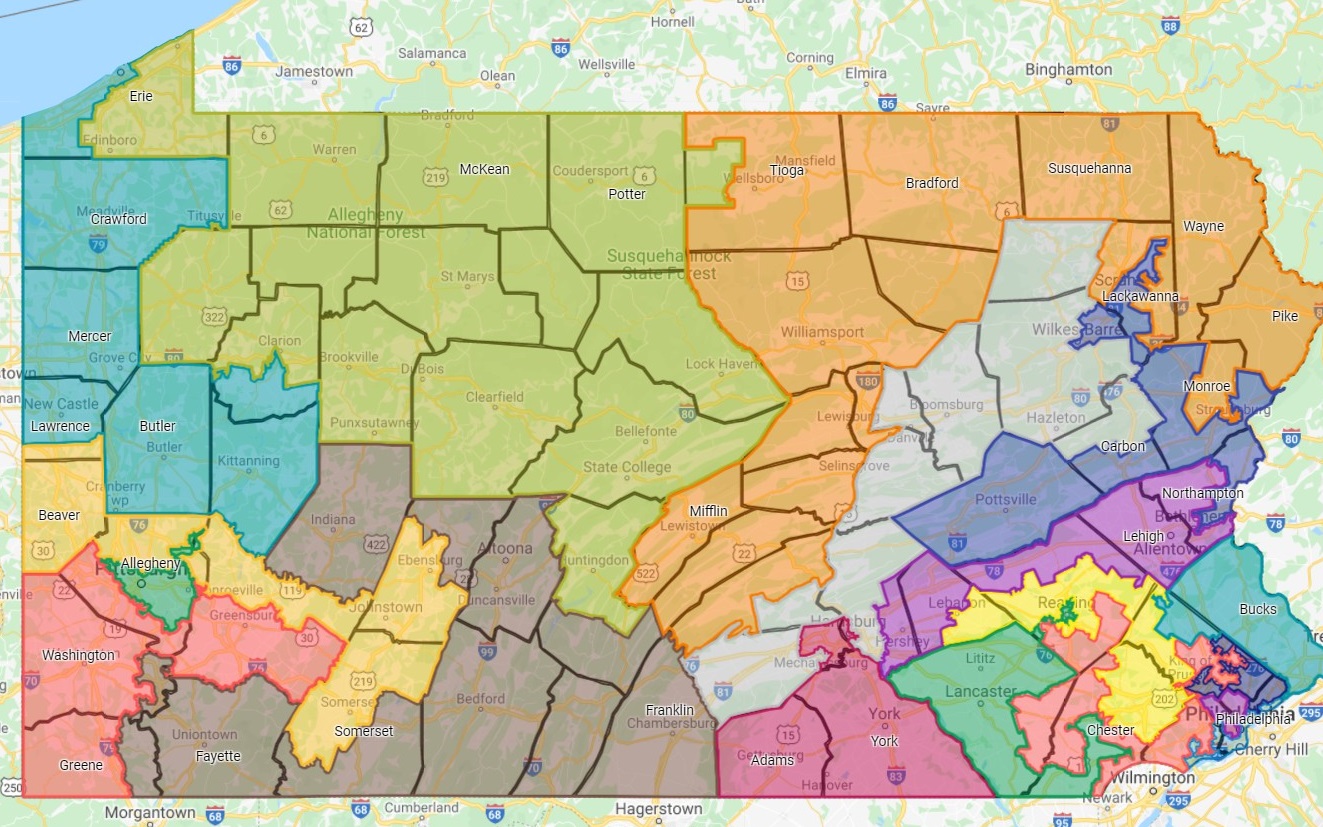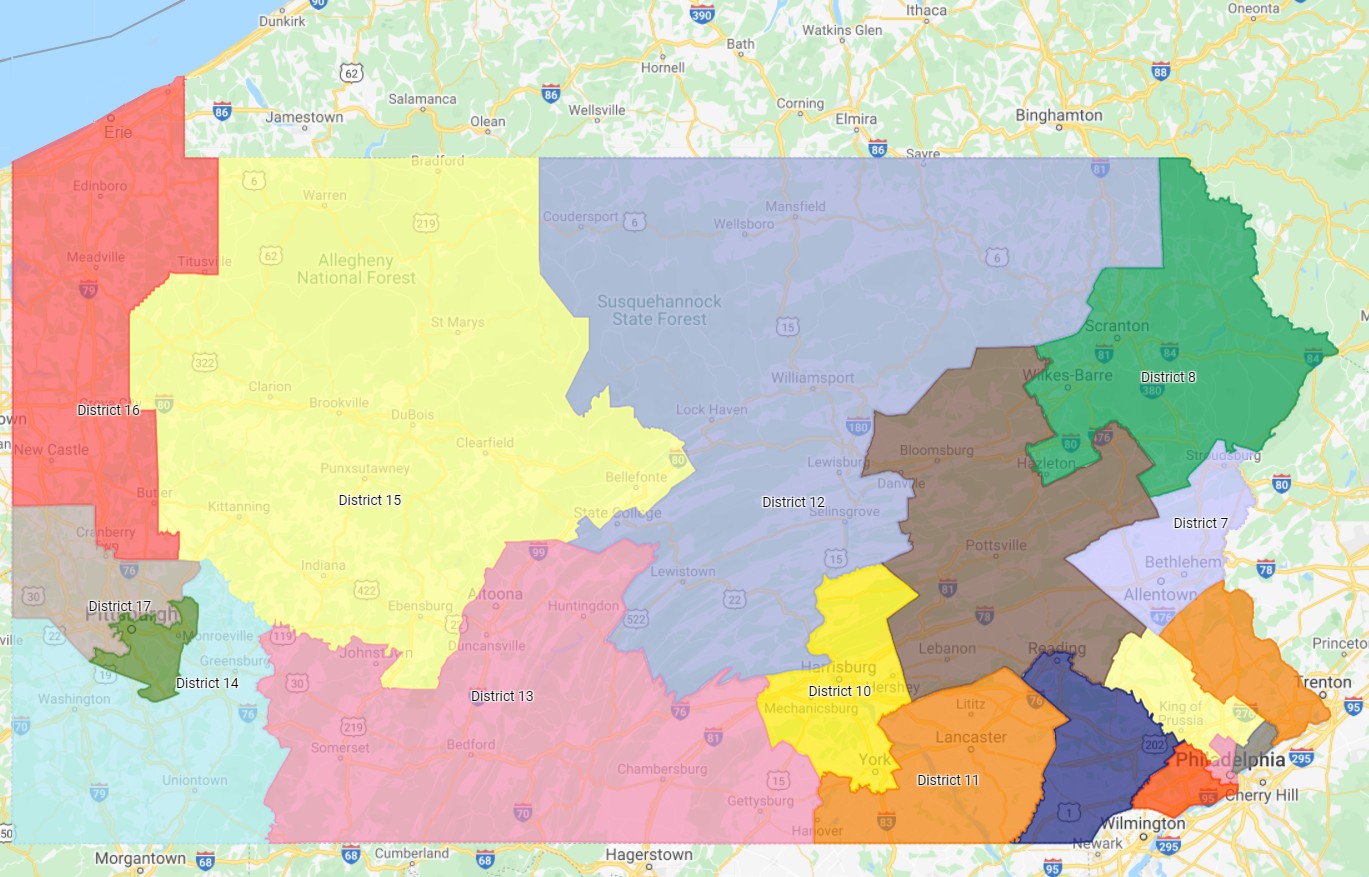
Gov. Tom Wolf has announced the appointment of an expert committee to guide Pennsylvania's legislative redistricting process as well as a portal for members of the public to submit comments and proposed maps.
"We must bring more fairness and transparency to the redistricting process, so every Pennsylvanian is assured their voice is heard," Wolf said in a statement Monday. "I have long believed that gerrymandering is wrong, and politicians should not use the redistricting process to choose their own voters."
Wolf on Monday signed an executive order creating the six-member Pennsylvania Redistricting Advisory Council. According to a statement, it will "review processes in other states that reduce gerrymandering, develop factors to determine if a plan improves the integrity and fairness and prevents the dilution of a person’s vote and offer recommendations to ensure that districts are compact and contiguous to keep communities together and ensure people are proportionally represented."
The members are as follows:
- Tabatha Abu El-Haj, Ph.D. J.D., professor of law, Drexel University
- Lee Ann Banaszak, PhD., political scientist, Penn State University
- Beth Campbell Ph.D., mathematician, Gettysburg College
- Christopher S. Fowler, PhD., geographer, Penn State University
- John J. Kennedy, Ph.D., political scientist, West Chester University
- Sozi Tulante, J.D., former Philadelphia City Solicitor
Meanwhile, the governor encouraged Pennsylvanians to visit the state's new Redistricting Public Comment Portal. Through it, individuals can offer written testimony regarding redistricting or use mapping software to define "communities of interest" that should be kept together or create and submit redistricting maps of their own.
States redraw their legislative every 10 years, based on new data from the U.S. Census.
The process is always contentious, and is expected to be especially so this year, due to increased political partisanship and Republicans' relentless efforts to overturn or delegitimize President Joe Biden's win in the 2020 election.
Pa. Congressional districts

In 2018, the Pennsylvania Supreme Court invalidated an electoral map imposed by Republicans after the 2010 Census and issued a new one. Under the old map, featuring convoluted districts that opponents argued were prima facie evidence of partisan gerrymandering, Republicans won 13 out of 18 Congressional seats, despite winning slightly less than half the statewide vote. At present, the split is even, 9 and 9.
In April, Pennsylvania Democrats filed a lawsuit anticipating a stalemate asking the Commonwealth Court to prepare to step in to ensure the existing map isn't used in 2022.
Republican legislators have promised a fair and transparent redistricting process and have set up a website similar to the administration's portal.







